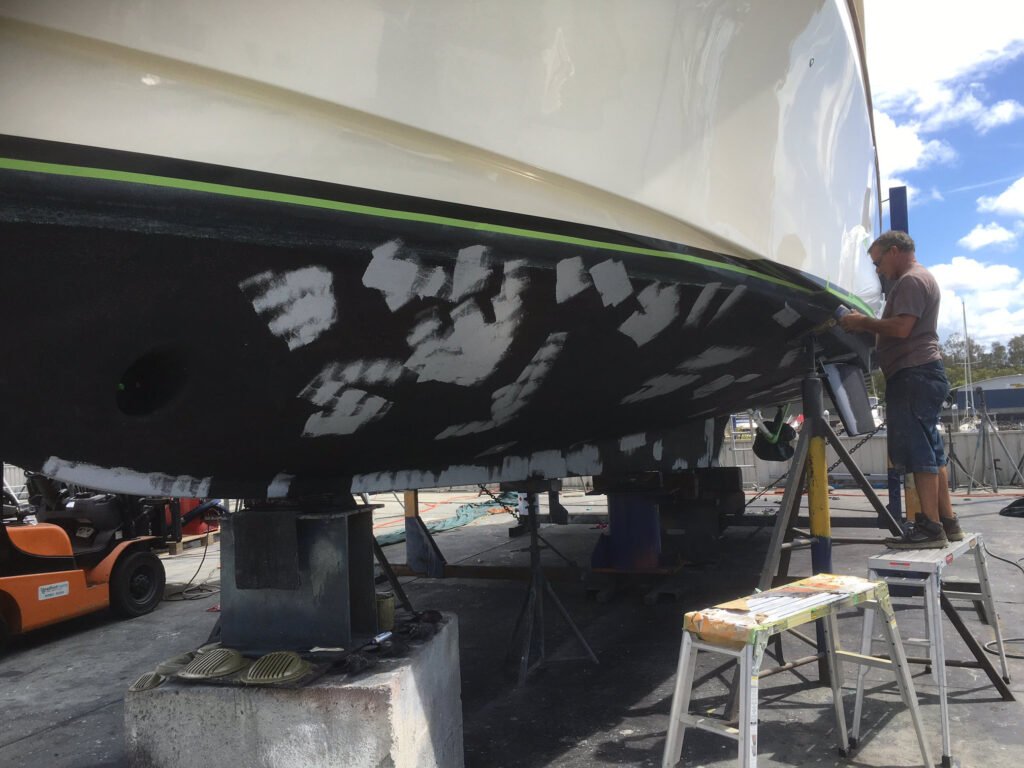Factors To Consider In Selecting AntiFouling Treatments
in the final analysis, the selection of antifouling paints will come down to the optimum finish for the boat relevant to the boat materials, the environment in which you intend to use the boat, as well as the intended usage of the craft. All elements should be taken into consideration to ensure a finish that meets the quality of the finish you want, at an affordable price. If you want to establish which anti-fouling is optimum for your vessel, here are some of the questions you should be asking:
What costs are involved?
What is the cost of the paint? Does the treatment recommended bring about increased fuel economy? How much surface prep work is necessary? How often will your boat need repainting, and also what preparatory cleansing procedures will be necessary? Cost per litre is actually not an adequate indicator when it relates to antifouling, there are many aspects at work and you need to consider them all.
What lifespan can you expect from the finish?
Note that not all coatings have the same life expectancy, specifically when used under varying conditions. Some anti-fouling finishes will protect your boat for only a few years, others for the craft’s lifespan.
How abrasion resistant is the coating?
The resistance matters for competitive boats, boats that on a regular basis involve bumps or scrapes. Highly abrasion resistant antifouling finishes such as hard film coatings are the right choice for this type of risk.
Consider whether the selected finish is appropriate for the intended lay-up times, time spent in port, and also environmental conditions?
Note that hard anti-fouling paints do not maintain their antifouling properties well while hauled, where eroding coatings will do. Foul release finishes require the boat to travel at a certain speed (for example, 25-30 knots) for top results, so extended periods laid up or in port might dimish the potential operation of your boat. Mooring conditions found in warm coastal waters, where marine organisms are at their densest, add a significant biofouling threat, and many ports are now considering prohibiting copper biocide to reduce contamination levels.
Where, as well as how often, will the hull require cleaning?
Can the antifouling finish be cleaned without harming it? Is there a danger of underwater cleansing causing ecological harm? Are there any kind of regulations that may influence the appropriateness of the antifouling finish?
